Here's a sneak peek at Episode 808 – Celebrate the Past (and Future) with TQS! (Jo Morton/David Taylor) airing April 11, 2011.
Here's a sneak peek at Episode 808 – Celebrate the Past (and Future) with TQS! (Jo Morton/David Taylor) airing April 11, 2011.
This wonderful hawaiian quilt was created by Hannah Ku'umililani (Hannah Cummings Baker) in 1938. Hannah is a major figure in the history of Hawaiian quilt-making having begun quilting in the 1920s and continuing through the 1970s. She was teacher and kept the Hawaiian tradition alive by passing on her knowledge to hundreds of women throughout the islands. More importantly she collected and designed hundreds of patterns.
Hannah made her designs accessible to the public and encouraged other Hawaiian quilt-makers to share as well, thereby preserving what might have been lost.
This quilt, Pikake Lei and Tuberose is a break from tradition in that it is a light pattern on a darker, blue/green, background. It is 86" x 86", made from cotton, hand appliqued and quilted with a machine-stitched edging.
Pikake Lei 1 - 90 Pieces, Non-Rotating
Pikake Lei 2 - 90 Pieces, Rotating
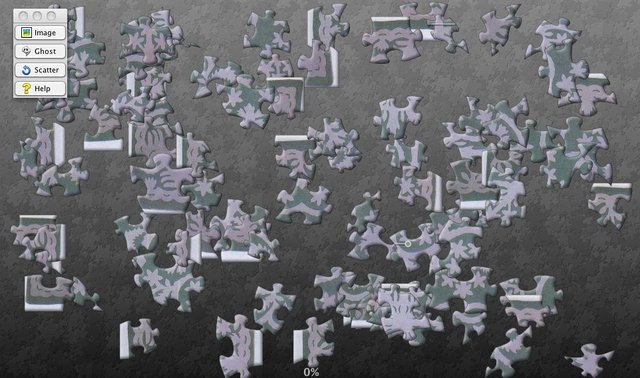
When "Infinite Variety: Three Centuries of Red and White Quilts" was on exhibit at the Park Avenue Armory in NYC, everyone entered the room in a state of awe. Jaws dropped and all eyes went up to look at the exquisite quilts hanging from the ceiling. TQS decided to get a better look at some of the quilting and embroidery in the quilts and we set our sites close up to give you a chance to look as well.
(In some cases we adjusted coloration of the photo to better highlight the quilting and embroidery.)
 |
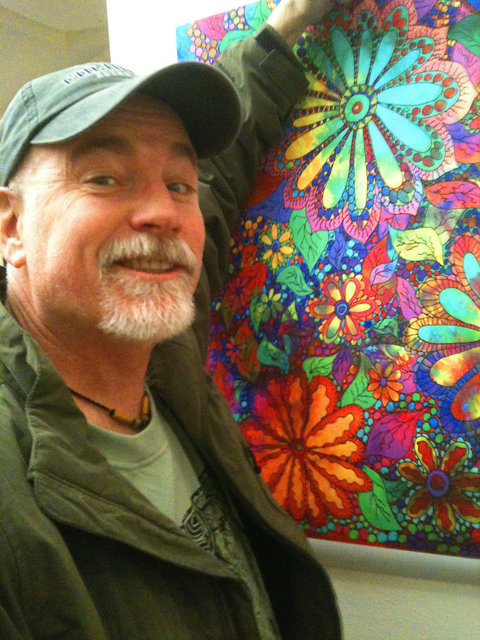
I've completed working on designs for Oodles of Doodles II (the sequel) and am really happy with them. The are all very colorful (no surprise) and I created them just doodling! Even though these won't be in stores until Spring of 2012, I thought you might like a sneak peek!
|
The company will be contributing $10.00 for every quilt accepted into all remaining quilt competitions during 2011. Mancuso Show Management hopes that by combining all entries from these four quilting competitions they will be able to make a substantial contribution to Japanese relief efforts. All 2011 competition entry fees will remain the same as last year’s. These competitions include all accepted entries, national and international, of the: |
| 2011 World Quilt Competition | |
| • International deadline: May 20, 2001 | |
| • U.S. Entry deadline: July 8, 2011 | |
| 2011 |
|
| • Entry deadline: August 12, 2011 | |
| 2011 Pacific International Quilt Festival | |
| • Entry deadline: September 1, 2011 | |
|
2011 Southeast States Competition at the World Quilt Show
|
|
After seeing Alex using "Batt Scooters" to help her with machine quilting in a recent video, many TQS viewers wanted to know more about them. Paula Reid, one of Alex's favorite quilters, uses Batt Scooters for all of her machine quilting - Watch the video to see how they work.
Alex loves them too and wants to give away Batt Scooters to 3 lucky TQS members!
The contest ends Monday night at 12am PST.
To enter, just email us at paulareid@thequiltshow.com and enter "Batt Scooters" in the subject line.
You can get yours right now. As a special for TQS members, just type "TQS" in the Merchant instructions (in the Paypal process) and you will receive a surprise free pattern with your purchase. ![]()
TQS recently reported about an exhibition of Yvonne Porcella's work at Stanford University. Unfortunately, she has had a panel stolen from one of her quilts. If you can help Yvonne in any way, please contact TQS immediately. Here is what Yvonne has to say about the theft.
The far right panel from my four panel art quilt "Dick & Jane" was stolen from the David Packard Building on the Stanford University campus between Friday April 1 and Sunday April 3. The police are investigating and checking surveillance cameras. I have 20 pieces in the exhibit on display until May 20th. This the first theft of art from the Stanford Art Spaces program in 12 years.
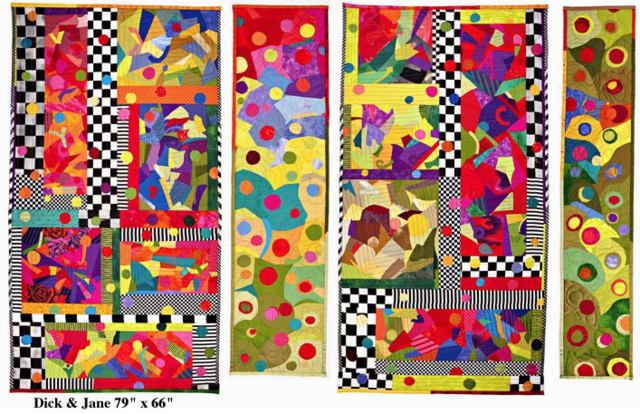
 So you're walking down the street, and all of the sudden, this appears before your eyes. Yes, it is huge, that's a normal size building behind it. What's your reaction? Submit a comment and give us a caption.
So you're walking down the street, and all of the sudden, this appears before your eyes. Yes, it is huge, that's a normal size building behind it. What's your reaction? Submit a comment and give us a caption.
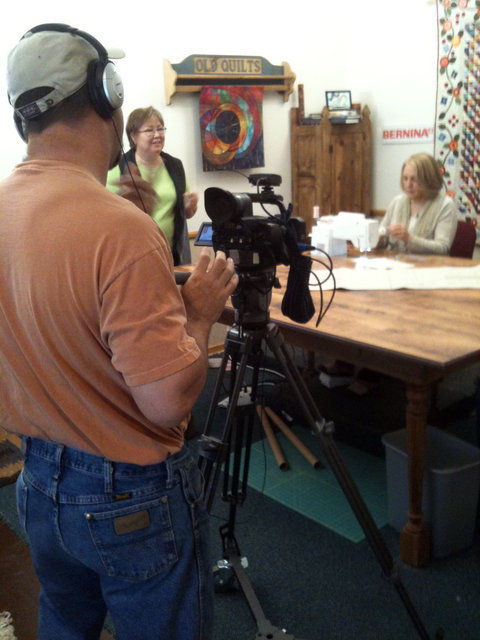
Nina McVeigh and Susan Beck are in Colorado. Ricky and Justin are producing a new set of 13 educational video shorts. Each year we roll out 13 Bernina videos from May through October. So it won't be long now until these new videos will be coming your way! For those of you who have written asking about them, your wait is almost over!
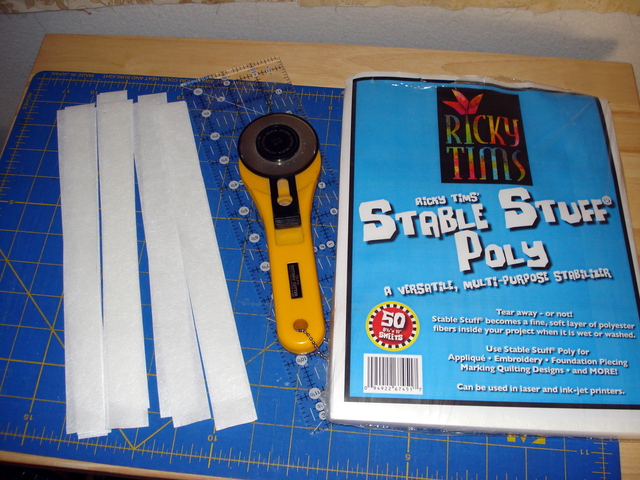
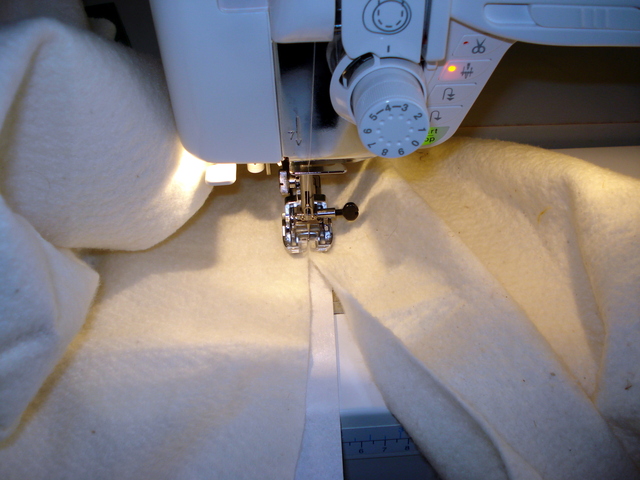
If not done carefully, piecing odd pieces of leftover batting into more usable sizes can produce unwanted bumps or gaps along the joins. TQS member SusieQMcF sent us this clever trick for eliminating those bothersome "joining issues," and we loved it so much that we want to share it with you.
SusieQMcF says, "I use Ricky Tims' Stable Stuff Poly that I have cut into 1"-wide strips. Using the darning stitch on your machine, place a strip of the poly stuff on the bed of the machine. Butt the two batting pieces together over the poly strip. Stitch the batting pieces together as one, catching the poly strip in the stitching. Once the quilt is washed, the poly softens and is no longer noticeable, and the seam is not visible."